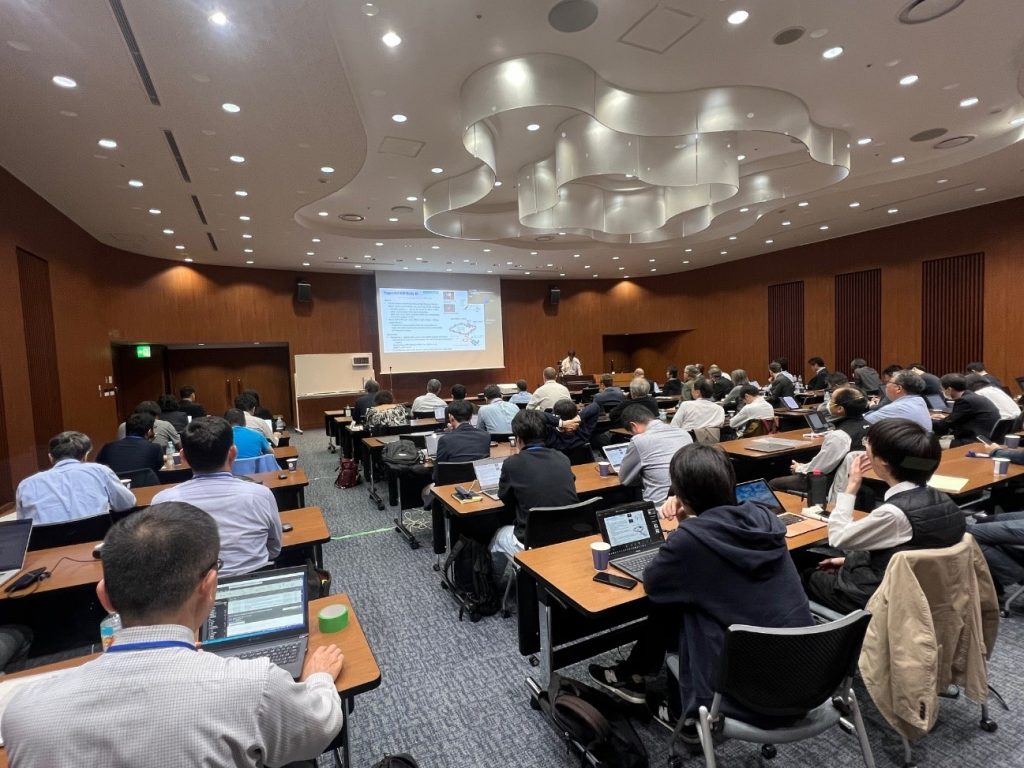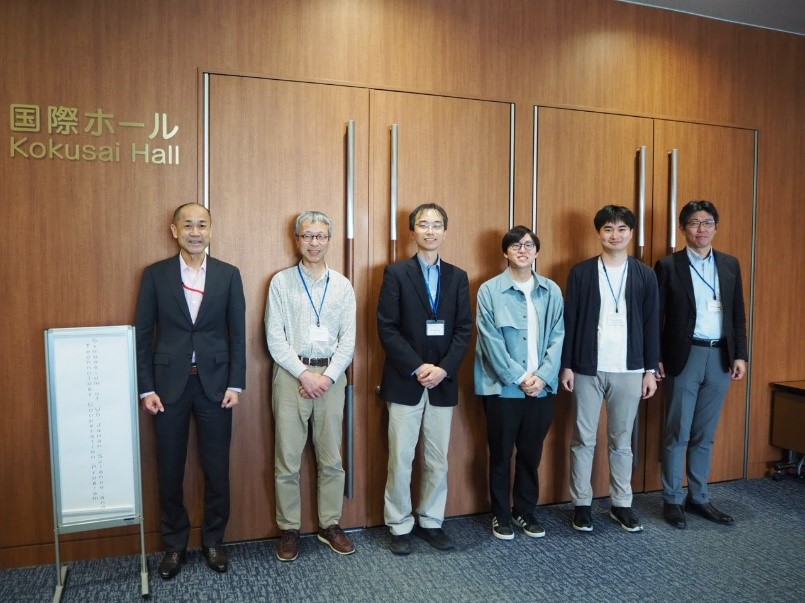The symposium of the U.S.-Japan Science and Technology Cooperation Program 2025 was held over three days from May 12 (Mon) to 14 (Wed) in Sapporo, Hokkaido.
This year marked the third U.S.-Japan Science and Technology Cooperation Symposium, which brought together 67 participants from both countries to exchange research findings and discuss the future of particle physics. The event featured government officials, researchers, and representatives from major institutions, underscoring the enduring partnership between the United States and Japan in scientific innovation.
The symposium is part of the U.S.-Japan Science and Technology Cooperation Program, which was launched in 1979 under a bilateral agreement. Originally held every ten years to commemorate the program’s milestones and encourage the exchange of ideas, the symposium has been held biennially since 2021 to further strengthen scientific collaboration.
Participants included not only researchers engaged in the cooperative program but also representatives from U.S. Department of Energy laboratories such as Fermilab, SLAC National Accelerator Laboratory, and Brookhaven National Laboratory. From Japan, attendees included Mr. Akira Henda, Director of Office for Particle and Nuclear Research Promotion, from the Ministry of Education, Culture, Sports, Science and Technology (MEXT), as well as executives from KEK.
The symposium featured presentations highlighting recent achievements under the cooperative framework and served as a forum for open discussion on the strategic direction of particle physics research. Participants emphasized the importance of sustained collaboration to tackle shared scientific challenges.
A poster session provided researchers — ranging from graduate students to senior scientists — with the opportunity to present their work. Four participants were recognized for outstanding presentations, reflecting the program’s commitment to fostering the next generation of scientific leaders.
On May 14 (Wed), the 47th U.S.-Japan Joint Committee Meeting on the High Energy Physics Program was held during the symposium. The committee discussed future bilateral cooperation and confirmed the project themes for fiscal year 2025. The annual meeting alternates between the two countries, with the next session scheduled for 2026 in the United States.
The cooperation program promotes joint research using accelerator facilities and advances in accelerator and detector technologies. Over the years, it has not only yielded significant scientific results but has also played a key role in developing human resources. Many young Japanese researchers who trained in the U.S. now serve as leaders in research and education at universities and institutes across Japan.



